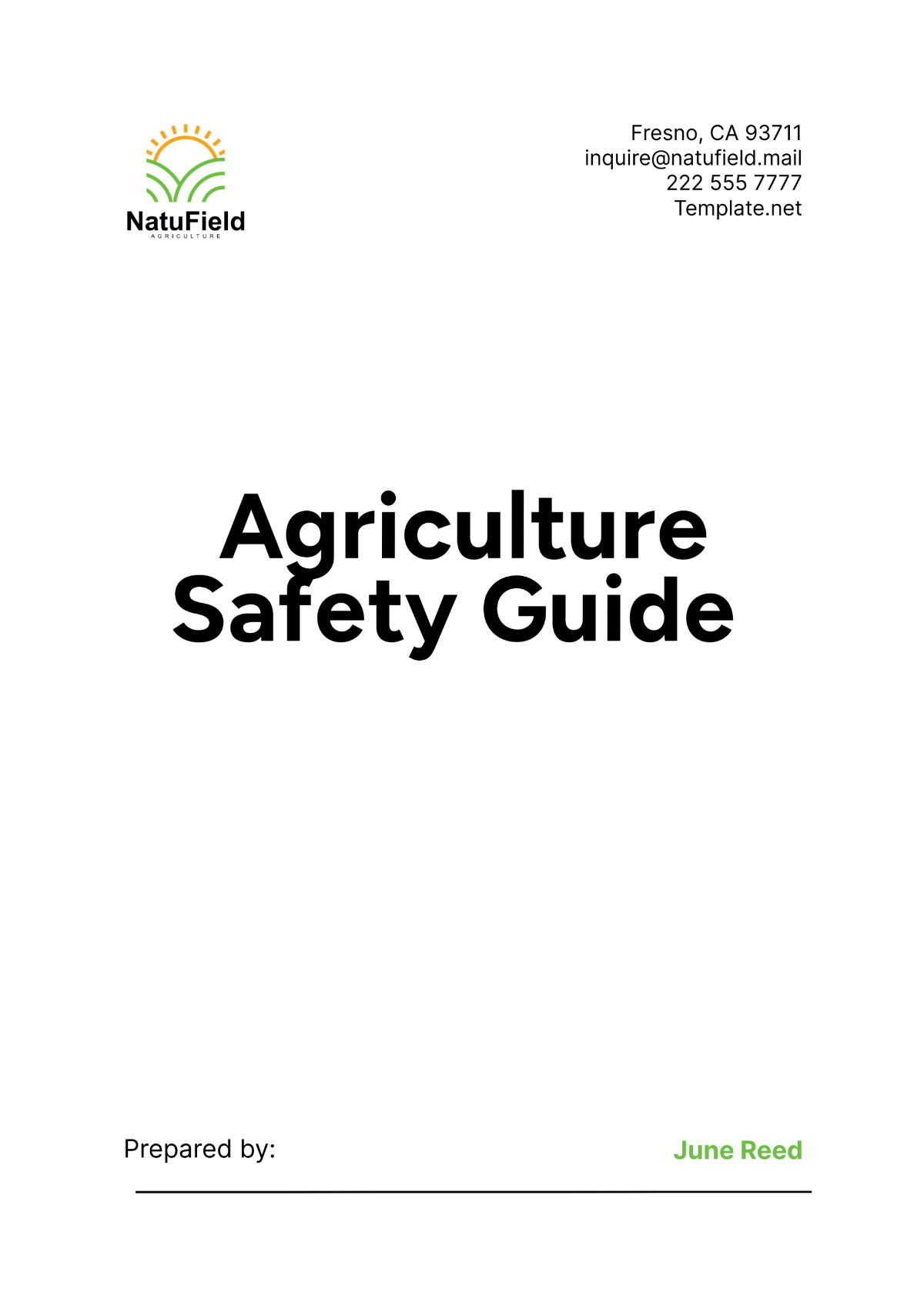Free Agriculture Safety Guide
Create detailed safety guides with Template.net's customizable and editable Agriculture Safety Guide Template. Leverage the AI Editor Tool for comprehensive and clear guidelines. This user-friendly template ensures effective communication of safety practices, enhancing worker protection and compliance.
